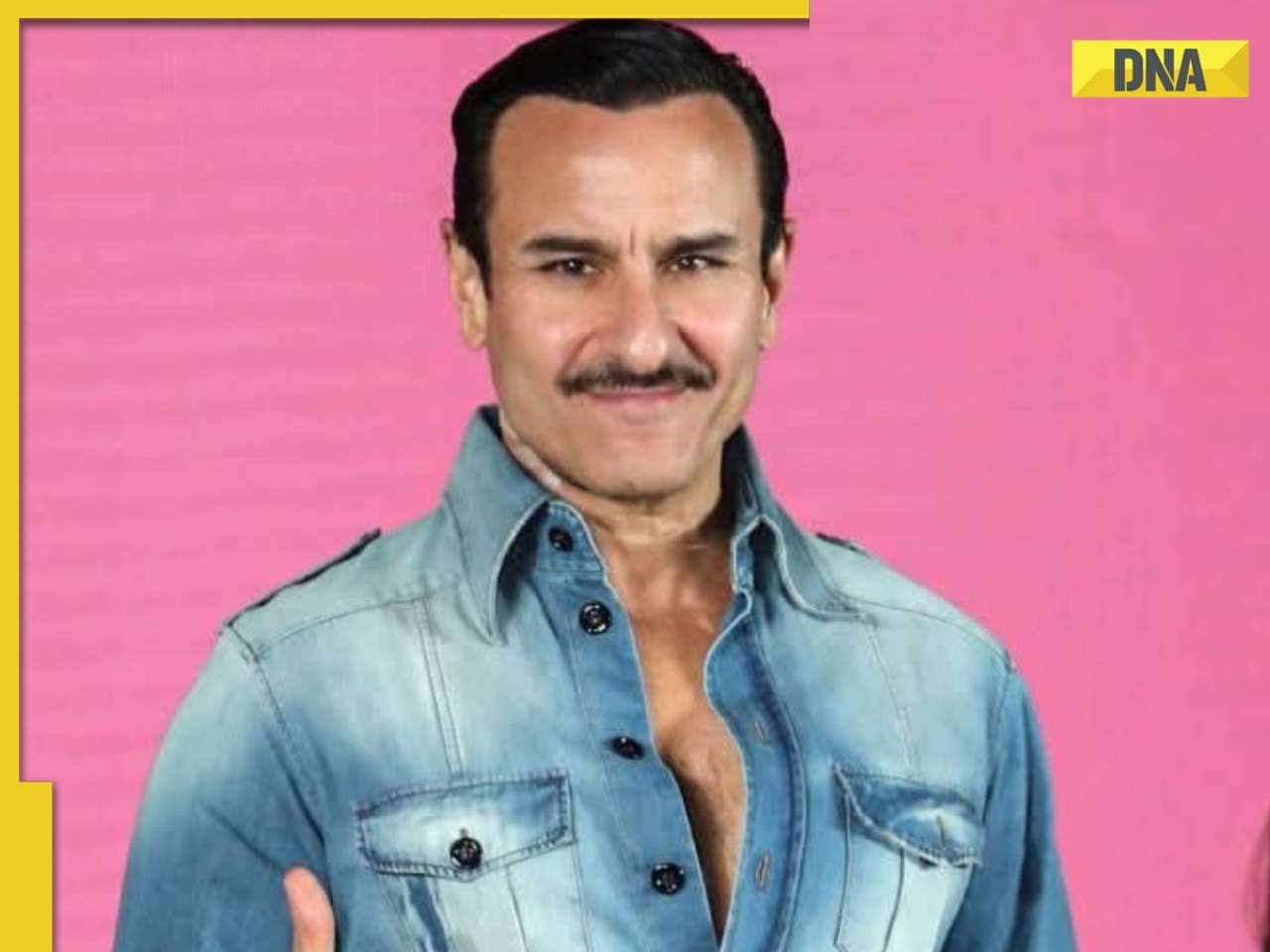 |
|
The recent attack on Bollywood actor Saif Ali Khan at his Bandra home has ignited a firestorm of speculation and conspiracy theories, particularly surrounding his surprisingly swift recovery and the unusual circumstances of his hospital transport. The incident, which occurred on January 16th, saw Khan rushed to Lilavati Hospital in an auto-rickshaw due to the unavailability of a personal driver at the late hour. This seemingly minor detail has become a focal point for online chatter, with many questioning the plausibility of a celebrity of Khan's stature not having readily available drivers at his disposal. Khan himself addressed these concerns in a recent interview with Bombay Times, explaining that while staff are present at his home, drivers typically do not remain overnight, and he chose not to wait for one to arrive.
Khan's remarkably rapid recovery, involving discharge just five days after undergoing two major surgeries, has further fueled the skepticism surrounding the incident. While fans express relief at his improved condition, others remain unconvinced about the severity of the attack, casting doubt on the narrative presented. The actor acknowledged the diverse public reactions in his interview, stating that he anticipates a spectrum of responses, ranging from ridicule to disbelief, and that such varied reactions are a natural part of public discourse. His nonchalant attitude towards the speculation seems to be a deliberate attempt to diffuse the swirling controversy.
A particularly interesting aspect of Khan's interview revolves around his stance on weapon ownership. He revealed that he does not keep guns or weapons at his residence, a fact that has also been subject to scrutiny given the recent events. Khan explained his decision, stating that he believes in avoiding the potential risks associated with firearm ownership, particularly the possibility of accidental harm to children. This candid admission contrasts sharply with the traditional security measures commonly associated with high-profile figures, and illustrates a conscious choice to prioritize safety in a different manner. He cites his family history, including his father's practice of sleeping with a shotgun, to highlight the potential dangers of readily available firearms.
The interview highlights the inherent complexities of navigating fame and public scrutiny. Khan’s decision to address the rumors directly, offering his perspective and acknowledging the validity of skepticism, reveals a measured approach to managing public perception. His candidness about his personal choices regarding security measures, such as not keeping weapons at home, showcases a personal philosophy that prioritizes safety in a less conventional way. The incident serves as a case study in the impact of social media on public perception and the challenges faced by celebrities in maintaining privacy while dealing with public speculation and often inaccurate reporting.
The contrasting viewpoints regarding the seriousness of the attack and the speed of Khan’s recovery emphasize the difficulty of verifying information in the age of rapid social media dissemination. The narrative surrounding the incident is evolving, and while Khan’s explanation provides a perspective, it is not necessarily the definitive answer. The absence of concrete details, the reliance on personal accounts, and the sheer volume of speculation contribute to a situation where a clear consensus remains elusive. The ambiguity surrounding the events underscores the power of social media to shape public opinion and the importance of critical analysis when assessing information online.
Furthermore, Khan's comments on the reaction of his acquaintances, particularly those familiar with weapon use in rural areas, shed light on the cultural context surrounding gun ownership in India. The contrast between traditional security practices and Khan’s more progressive approach highlights the evolving attitudes towards self-protection and safety. The interview serves as a broader discussion on the implications of firearm ownership, emphasizing the potential risks associated with their availability, especially to children. This discussion further underscores the significance of responsible gun ownership and the need to prioritize safety above all else.
